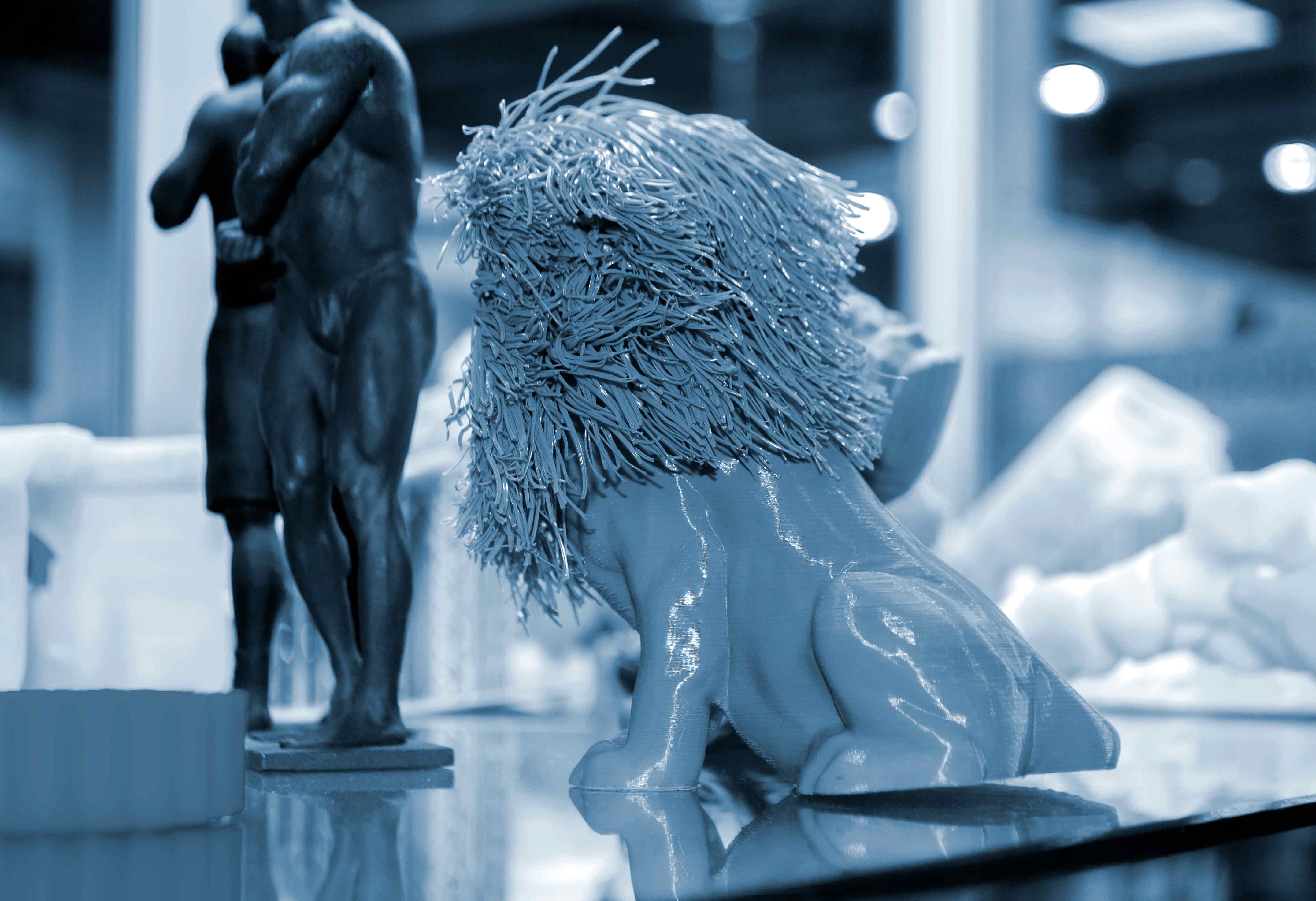3D printing can utilize a wide range of materials, each with properties that make them suitable for various applications. Here are some of the most common materials used in 3D printing:
Plastics
There are dozens of plastic materials available for 3D printing, each with its unique qualities that make it best suited to specific use cases. The two main types of plastics are:
● Thermoplastics: These can go through numerous melt and solidification cycles. They can be heated and formed into the desired shape. The process is reversible, as no chemical bonding takes place, which makes recycling or melting and reusing thermoplastics feasible.
● Thermosetting plastics: These remain in a permanent solid state after curing. Polymers in thermosetting materials cross-link during a curing process that is induced by heat, light, or suitable radiation. Thermosetting plastics decompose when heated rather than melting and will not reform upon cooling.
Resins
Resins in 3D printing are generally composed of either epoxy or a combination of acrylic and methacrylic monomers. They are partnered with photosensitive catalysts that react to UV light, triggering cross-linking polymerization, which almost instantly hardens the resin to a solid object.
Metals
3D printing metals are used for printing solid and heat-resistant items. Some of the metals used include titanium, steel, aluminum, and precious metals like gold and silver.
Composites
3D printing composites are made from a mixture of materials to give the benefits of both. For example, a plastic material might be mixed with carbon fiber to give the strength of carbon fiber and the flexibility of plastic.
Ceramic
3D printing ceramics are divided into two categories: classic ceramics (made up of only natural raw materials like clay) and technical ceramics, which include other materials like silicon, carbon, and nitrogen. Technical ceramics have dramatically improved mechanical, thermal, chemical, and electrical properties as compared to classic ceramics.
Concrete
3D concrete printing is a technology that uses specially formulated concrete and cement mixtures to create 3D objects layer by layer with large-scale printers. Traditional concrete is incompatible with 3D printing because it clogs the printer nozzle and does not adhere correctly to the layers. However, the concrete used for 3D printing contains similar ingredients to traditional concrete, such as water, cement, sand, and stone, while keeping the texture and consistency of an aerated dough.












